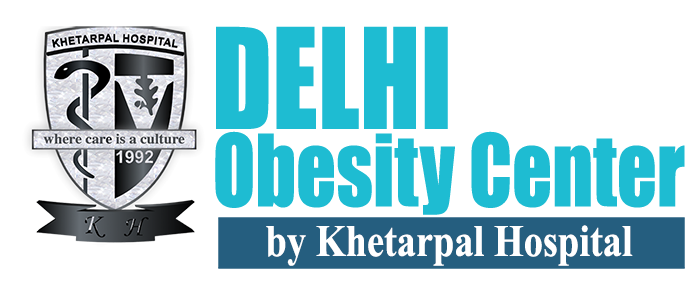A biliopancreatic diversion with duodenal switch (BPD/DS) is a less-common weight-loss procedure that entails two major steps.
The first step is sleeve gastrectomy in which about 80 percent of the stomach is removed, leaving a smaller tube-shaped stomach, similar to a banana. However, the valve that releases food to the small intestine (the pyloric valve) remains, along with a limited portion of the small intestine that normally connects to the stomach (duodenum).
The second step bypasses the majority of the intestine by connecting the end portion of the intestine to the duodenum near the stomach. A BPD/DS both limits how much you can eat and reduces the absorption of nutrients, including proteins and fats.
BPD/DS is generally performed as a single procedure; however, in select circumstances, the procedure may be performed as two separate operations — sleeve gastrectomy followed by intestinal bypass once weight loss has begun.
While a BPD/DS is very effective, it has more risks, including malnutrition and vitamin deficiencies. This procedure is generally recommended for people with a body mass index (BMI) greater than 50.
Why it’s done
A BPD/DS is done to help you lose excess weight and reduce your risk of potentially life-threatening weight-related health problems, including:
- Heart disease
- High blood pressure
- High cholesterol
- Severe sleep apnea
- Type 2 diabetes
- Stroke
- Infertility
A BPD/DS is typically done only after you’ve tried to lose weight by improving your diet and exercise habits.
But a BPD/DS isn’t for everyone who is severely overweight. You likely will have an extensive screening process to see if you qualify.
You must also be willing to make permanent changes to lead a healthier lifestyle both before and after surgery. This may include long-term follow-up plans that involve monitoring your nutrition, your lifestyle and behavior, and your medical conditions.
Check with your health insurance plan or your regional Medicare or Medicaid office to find out if your policy covers weight-loss surgery.
Risks
As with any major surgery, a BPD/DS poses potential health risks, both in the short term and long term.
Risks associated with BPD/DS are similar to any abdominal surgery and can include:
- Excessive bleeding
- Infection
- Adverse reactions to anaesthesia
- Blood clots
- Lung or breathing problems
- Leaks in your gastrointestinal system
Longer term risks and complications of a BPD/DS may include:
- Bowel obstruction
- Dumping syndrome, causing diarrhoea, nausea or vomiting
- Gallstones
- Hernias
- Low blood sugar (hypoglycemia)
- Malnutrition
- Stomach perforation
- Ulcers
- Vomiting
Rarely, complications of a BPD/DS can be fatal.
Results
After a BPD/DS, it may be possible to lose 70 to 80 percent of your excess weight within two years. However, the amount of weight you lose also depends on your change in lifestyle habits.
In addition to weight loss, a BPD/DS may improve or resolve conditions often related to being overweight, including:
- Gastroesophageal reflux disease
- Heart disease
- High blood pressure
- High cholesterol
- Obstructive sleep apnea
- Type 2 diabetes
- Stroke
- Infertility
A BPD/DS can also improve your ability to perform routine daily activities, which could help improve your quality of life.

